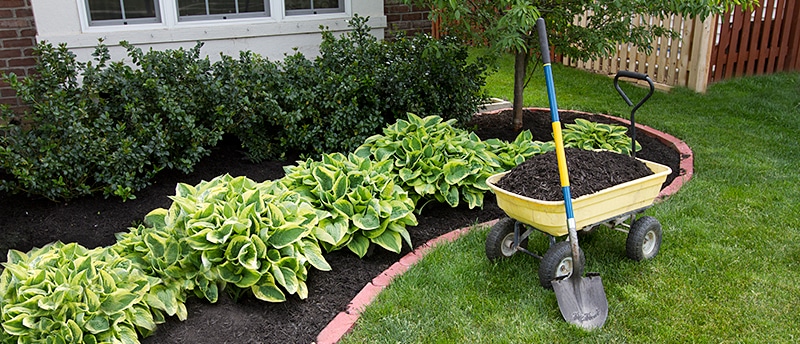
DIY Wishing Well Planter Step-by-Step Building Guide
Introduction
In the world of gardening and outdoor décor, few projects are as charming and whimsical as a DIY wishing well planter. Not only does it add visual appeal to your garden, but it also provides a unique space to showcase your favorite flowers and plants. In this step-by-step building guide, we’ll walk you through the process of creating your own wishing well planter, from materials and tools to construction and finishing touches.
Gathering Materials and Tools
Before you begin, gather all the necessary materials and tools for your project. You’ll need pressure-treated lumber for the main structure, as well as additional materials like screws, wood glue, and a waterproof liner for the planter box. For tools, you’ll need a saw, drill, screwdriver, measuring tape, and level. Once you have everything on hand, you’re ready to get started.
Constructing the Base
Start by constructing the base of your wishing well planter. Cut the lumber to size according to your desired dimensions, then assemble the pieces to form a sturdy base. Use screws and wood glue to secure the joints, ensuring that the base is level and stable. This will provide a solid foundation for the rest of the structure.
Building the Frame
Next, build the frame of the wishing well using additional pieces of lumber. Cut the pieces to size according to your chosen design, then assemble them to form the sides of the well. Be sure to leave openings for the planter box and decorative roof, if desired. Once the frame is assembled, secure it to the base using screws and wood glue, making sure it is level and plumb.
Creating the Planter Box
With the frame in place, it’s time to create the planter box for your wishing well. Cut pieces of lumber to size to form the sides of the box, then assemble them using screws and wood glue. Line the inside of the planter box with a waterproof liner to protect the wood from moisture damage. Once the liner is in place, fill the planter box with potting soil and your favorite flowers or plants.
Adding Decorative Touches
To give your wishing well planter a finished look, consider adding decorative touches like a roof, trim, and embellishments. Cut pieces of lumber to size to form the roof, then attach them to the frame using screws. You can also add trim pieces to the edges of the well for added visual interest. Get creative with paint or stain to customize the look of your wishing well planter to suit your personal style.
Final Touches and Maintenance
Once your wishing well planter is complete, take a moment to admire your handiwork. Place it in your garden or outdoor space, and fill the planter box with your favorite flowers or plants. Be sure to water them regularly and provide adequate sunlight for healthy growth. Periodically check the structure for any signs of wear or damage, and make any necessary repairs to ensure its longevity.
Conclusion
Building a DIY wishing






